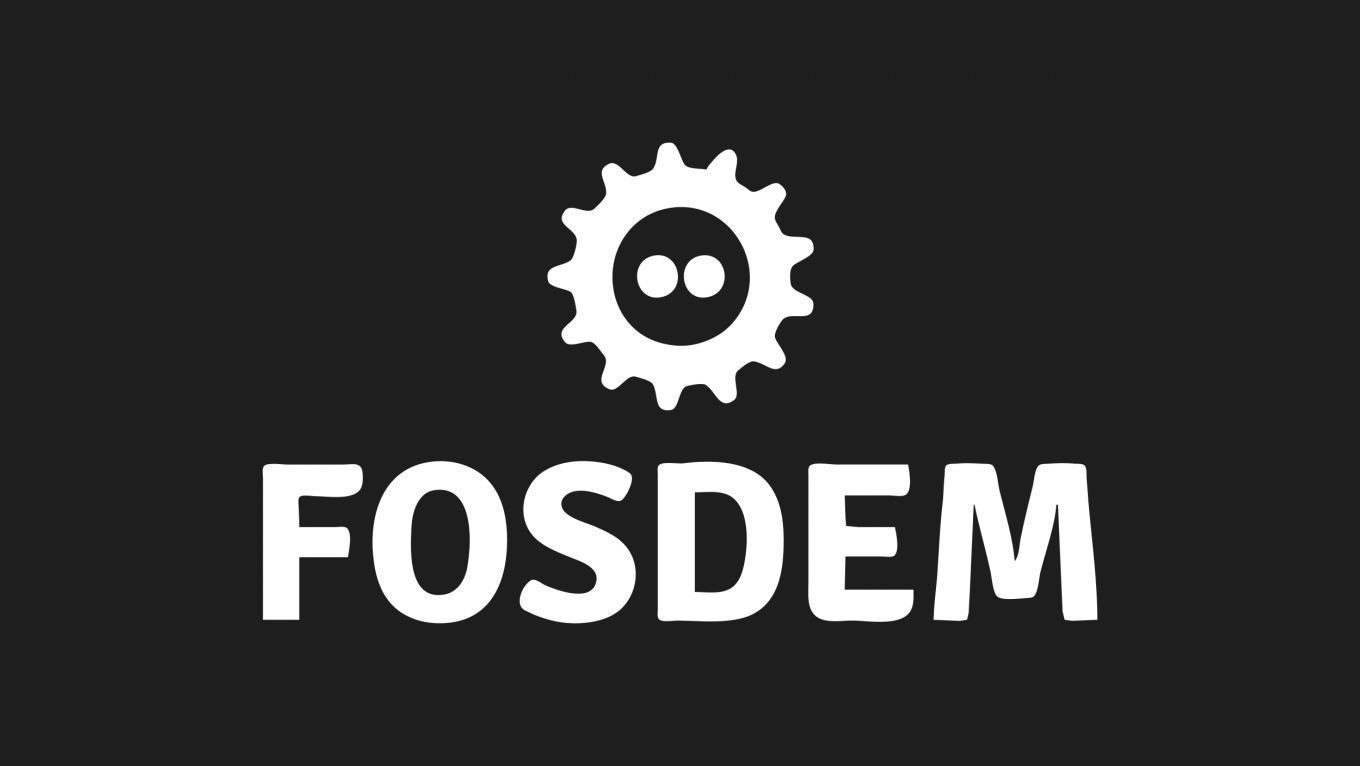HPC, Big Data, and Data Science
Porting Signal processing algorithms to CuPy for precision measurement
<p>At European Organization for Nuclear Research(CERN), for the alignment of large superconducting magnets and cryogenics, an interferometry based system is being devised to identify the position of their elements.
This technique uses interferometry principle and uses sweeping laser to identify the distance of multiple points using Fourier Analysis. The data acquired from photo-detection module, received after a sweep of laser source, needs to undergo sophisticated post processing to obtain the final results. The system must monitor position of a large number of elements every second. Dealing with 1000s of target points in less than 1 second required time-optimized and precise calculation. Thus, GPU was employed to provide faster and precise results. This required to use signal processing algorithms like: Butterworth Filter, Hilbert Transform, Savitzky-Golay smoothing Filter in GPU.
This talk will cover steps involved in adopting signal processing algorithm to GPU to achieve better performance and understand the effects of parallelism achieved. For the initial development, CuPy library for NVIDIA GPUs is used and later moved to implementation in C. CuPy provides wrapper for most of the CUDA toolkit in Python. We will also provide highlight about performance metrics with respect to increase in the data size and possible optimizations of its processing.</p>
Additional information
| Type | devroom |
|---|
More sessions
| 2/5/22 |
<p>Working with Big Data means that we need tools to organise and understand the data. And you don’t have to be a developer to search, aggregate and visualise your data. Whether you need an affordable business analytics tool or you want to analyse log data in near real time, OpenSearch can help you. And all of it through a visual interface of OpenSearch Dashboards.</p> <p>After listening to this talk you’ll understand the basics of working with an OpenSearch cluster and different use cases ...
|
| 2/5/22 |
<p>In this talk, I will present Arcon, a Rust-native streaming runtime that integrates seamlessly with the Apache Arrow ecosystem. The Arcon philosophy is streaming first, similarly to systems such as Apache Flink and Timely Dataflow. However, unlike all existing systems, Arcon features great flexibility when it comes to its application state. Arcon's TSS query language allows extracting and operating on state snapshots consistently based on application-time constraints and interfacing with ...
|
| 2/5/22 |
<p>Any conversation about Big Data would be incomplete without talking about Apache Kafka and Apache Flink: the winning open source combination for high-volume streaming data pipelines.</p> <p>In this talk we'll explore how moving from long running batches to streaming data changes the game completely. We'll show how to build a streaming data pipeline, starting with Apache Kafka for storing and transmitting high throughput and low latency messages. Then we'll add Apache Flink, a distributed ...
|
| 2/5/22 |
<p>Why build #4 on the Green500 using OpenStack? It makes it easier to manage. Cambridge University started using OpenStack in 2015. Since mid 2020, all new hardware is controlled using OpenStack. Compute nodes, GPU nodes, Lustre nodes, Ceph nodes, almost everything. OpenStack allows large baremetal slurm clusters and dedicated TRE (trusted research environments) to share the same images. Is this a cloud native supercomputer?</p>
|
| 2/5/22 |
<p>This short talk will disect the container ecosystem for HPC in four segments and discusses what to look out for, what is already settled and how to navigate containers in 2022.</p>
|
| 2/5/22 |
<p>Optimizing CPU management improves cluster performance and security, but is daunting to almost everyone. CPU management may seem complex, but it can be explained in such a way that even your inner toddler will comprehend. With this talk, we will give a path to success.</p> <p>You may have a multi-socket node cluster where your AI/ML workloads care about the proximity of your CPUs to GPUs. You may be running scientific workloads where you want to pin in cores within containers instead of just ...
|
| 2/5/22 |
<p>Working with big data matrices is challenging, Kubernetes allows users to elastically scale, but can only have a pod as large as a node, which may not be large enough to fit the matrix in memory. While Kubernetes allows for other paradigms on top of it which allows pods to coordinate on individual jobs, setting them up and making them play nice with ML platforms is not straightforward. Using Apache Spark and Apache Mahout we can work with matrices of any dimension and distribute them across ...
|

